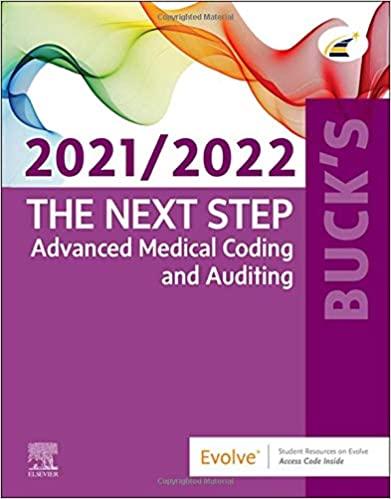Answered step by step
Verified Expert Solution
Question
1 Approved Answer
6 93 4 93 97 4 97 5 97 102 102 3 102 107 7 109 6 109 115 115 7 115 122 From table

6 93 4 93 97 4 97 5 97 102 102 3 102 107 7 109 6 109 115 115 7 115 122 From table 13.44 total idle time for the machinist in 2-hour period = 21 minutes, total waiting time for the jobs in 2-hour period = 9 minutes. .. Average idle time for the machinist /hour = 10.5 minutes, and idle time cost of the machinist /hour 10.5 - 20 = 3.50 60 9 Average waiting time for the jobs/hour = 45 minutes, and waiting time cost of the 4.5 jobs/hour 30 = 2.25 60 Since the idle time cost of the machinist/hour is more than the waiting time cost of the jobs/ hour, it is not economical to engage the second attendant EXAMPLES 13.7-19 (Queuing Problem) In a workshop, fitters report at the tool crib after 8 A.M. to get the tools where the tool room attendant is present to issue them. The arrival and service time distributions are shown below: b53 CH TABLE 13.45 Arrival distribution Service distribution Interarrival time (min.) Frequency Service time (min.) Frequency 3.5-4.5 0.05 3.5-4.5 0.10 45-55 0.20 4.5-55 0.20 55-6.5 0.35 5.5-65 0.40 65-75 0.25 6.5-75 020 7.5 - 8.5 0.10 75-8,5 0.10 85-95 0.05 Determine the average waiting time of a fitter in the queue. What is the average time he spends in the system? Simulate the queuing phenomenon for a period of 2 hours. Also find average waiting time in non-empty queue and per cent time the tool room affendant remains busy in this period
Step by Step Solution
There are 3 Steps involved in it
Step: 1

Get Instant Access to Expert-Tailored Solutions
See step-by-step solutions with expert insights and AI powered tools for academic success
Step: 2

Step: 3

Ace Your Homework with AI
Get the answers you need in no time with our AI-driven, step-by-step assistance
Get Started


